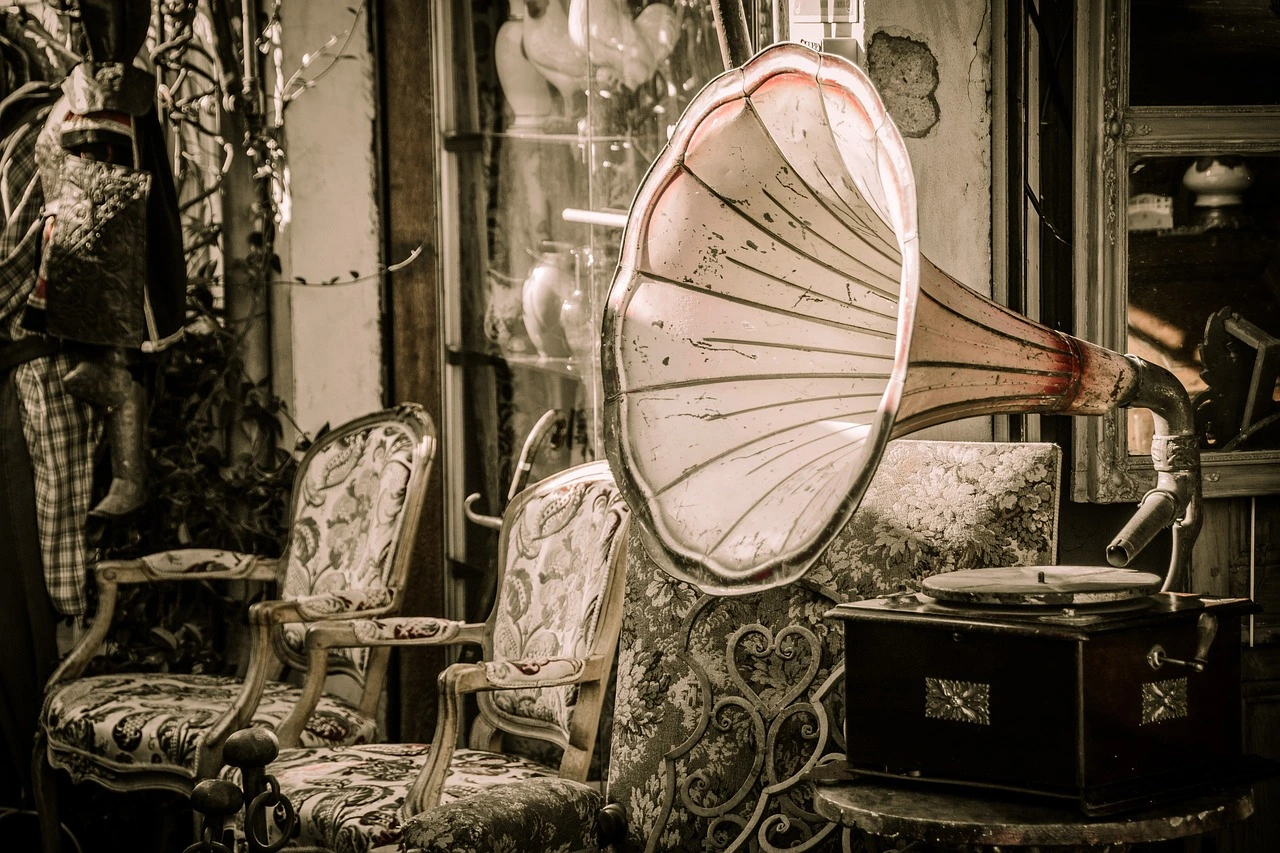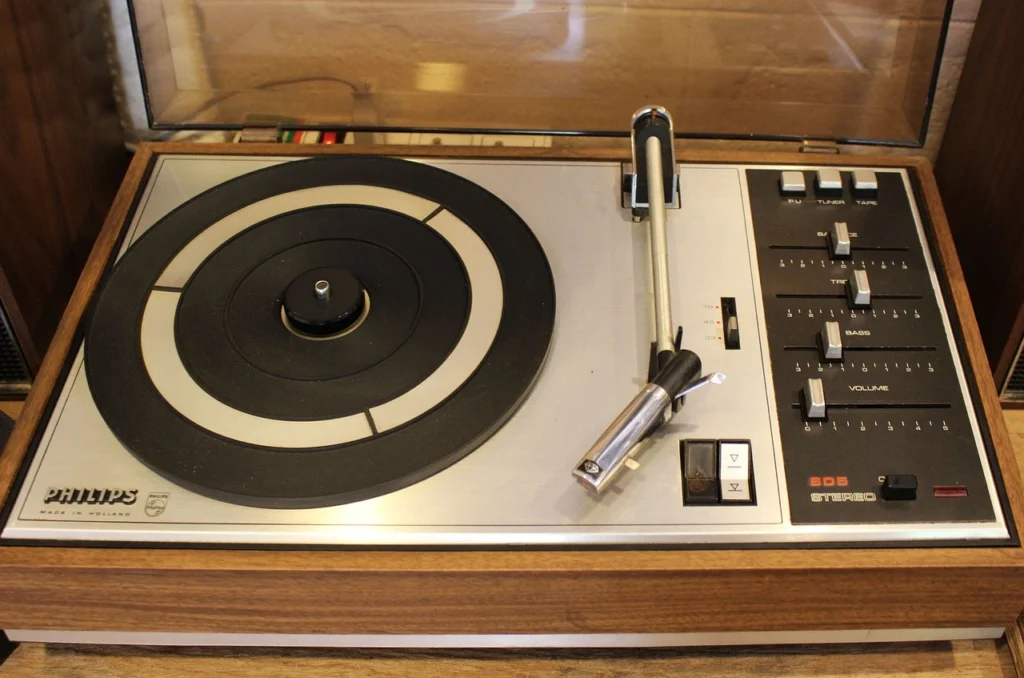
Table of Contents
What was the early recordings-equipment?
Sound recording and preservation have always been interesting projects. The techniques and technology employed have changed dramatically from the first days of audio recording to the current digital era. This article will examine the methods used in the creation of the first recordings as well as the intriguing path that led to the development of modern audio recording techniques. Discover the history of the phonograph, the gramophone, the usage of wax cylinders, the growth of analog recording using magnetic tape, and the effects these technological developments had on the music business. Learn about the development of audio recording and how it has influenced the way we capture and store sound.

Redefining Early Recordings
Sound recording and preservation have always been interesting projects. The techniques and technology employed have changed dramatically from the first days of audio recording to the current digital era. This article will examine the methods used in the creation of the first recordings as well as the intriguing path that led to the development of modern audio recording techniques.
The Invention of the Phonograph
An important turning point in the history of audio recording was reached in 1877 with Thomas Edison’s creation of the phonograph. The first gadget that could record and replay sound was the phonograph. It had a stylus, a diaphragm, and a revolving cylinder wrapped in tin foil. Tin foil developed indentations on it as a result of the stylus vibrating in response to sound waves striking the diaphragm.
The stylus would then follow the tin foil’s indentations to play back the recorded sound, vibrating the diaphragm and recreating the sound. This innovative creation cleared the path for more developments in audio recording technology.
Wax Cylinder Recordings
The use of wax cylinders was the next big advancement in audio recording after the phonograph was created. Wax cylinders offered a more reliable and superior recording medium than tin foil.
A coating of wax would be applied to a blank cylinder in order to produce a wax cylinder recording. Singing or speaking into a horn that was attached to a diaphragm was the recording procedure. In reaction to sound waves, the diaphragm would shake, and the audio would be recorded by a stylus creating grooves in the wax surface.
When compared to the previous tin foil recordings, wax cylinders allowed for longer recordings and higher-quality sound. People started recording speeches, music, and even private notes on them, and they became popular for both business and personal usage.
Disc Records and the Birth of the Gramophone
Emile Berliner invented the disc record in the late 1880s, completely changing the audio recording business. Disc records were round, flat discs composed of different materials, such vinyl or shellac.
Disc recordings were recorded by means of a microphone picking up sound waves, which were subsequently transformed into vibrations. The cutting stylus used to carve grooves into the disc surface received these vibrations. A phonograph was a device that employed a needle to follow the grooves and generate sound. The grooves represented the sound waves.
Disc records were more user-friendly, durable, and produced better sound, which led to their rapid rise in popularity. They emerged as the industry standard for commercial recordings and offered in a range of sizes and speeds to suit different kinds of material.
Magnetic Tape and the Rise of Analog Recording
Magnetic tape once again transformed the audio recording business in the early 20th century. Magnetic tape, invented by Fritz Pfleumer in the 1920s, made recording higher quality and more efficient.
Magnetic tape recordings were made by applying a magnetic substance—usually iron oxide—to a plastic tape. An electromagnet-filled recording head would be crossed by the tape. The sound was preserved as a magnetic pattern on the tape because the audio signal magnetized the tape as it traveled through the recording head.
When magnetic tape recordings were being played back, the tape was passed over a playback head, which recognized the magnetic patterns on the tape and transformed them back into electrical signals. After that, this signal was amplified and played over speakers.
Professional audio production now uses analog recording on magnetic tape as the norm because it provides better sound quality and editing options than earlier techniques. Up to the introduction of digital recording in the latter half of the 20th century, it was the most widely used recording technique.
Conclusion
There was a lot of creativity and inventiveness in the early days of audio recording. We are now closer to high-quality audio recording technology than we were with the phonograph, wax cylinders, disc records, and magnetic tape. The digital revolution that revolutionized the audio business and continues to influence how we record and preserve music was made possible by these early recording techniques.
Check out this blog related to this blog
Check our featured blog
History of music-What is the first music in the world?
How Do Musicians Make Money?
How Do Musicians Make Money? Discover the most important revenue streams for musicians: live performances and tours, music sales and streaming, royalties and licensing, and merchandising and brand collaborations. Discover how various revenue streams influence a musician’s financial success and audience involvement in today’s music industry. Understand the value of strategic planning and personal branding…
The Elements of Music Theory: 7 Comprehensive Guide
What is the theory of the music? Music theory is the study of musical practices and possibilities. Its fundamental purpose is to provide a framework for understanding, composing, and evaluating musical works. Music theory allows artists and aficionados to understand the various structures and ideas that drive musical compositions ranging from classical symphonies to modern…
What are The 7 Musical Notes?
What are the 7 musical notes? Learn about the importance of musical notes and the concept of the C major scale. Explore how musical notes are the foundation of music theory and composition, and how they allow musicians to communicate and notate their ideas. Discover the relationship between different notes and how they create melodies…

Leave a Reply